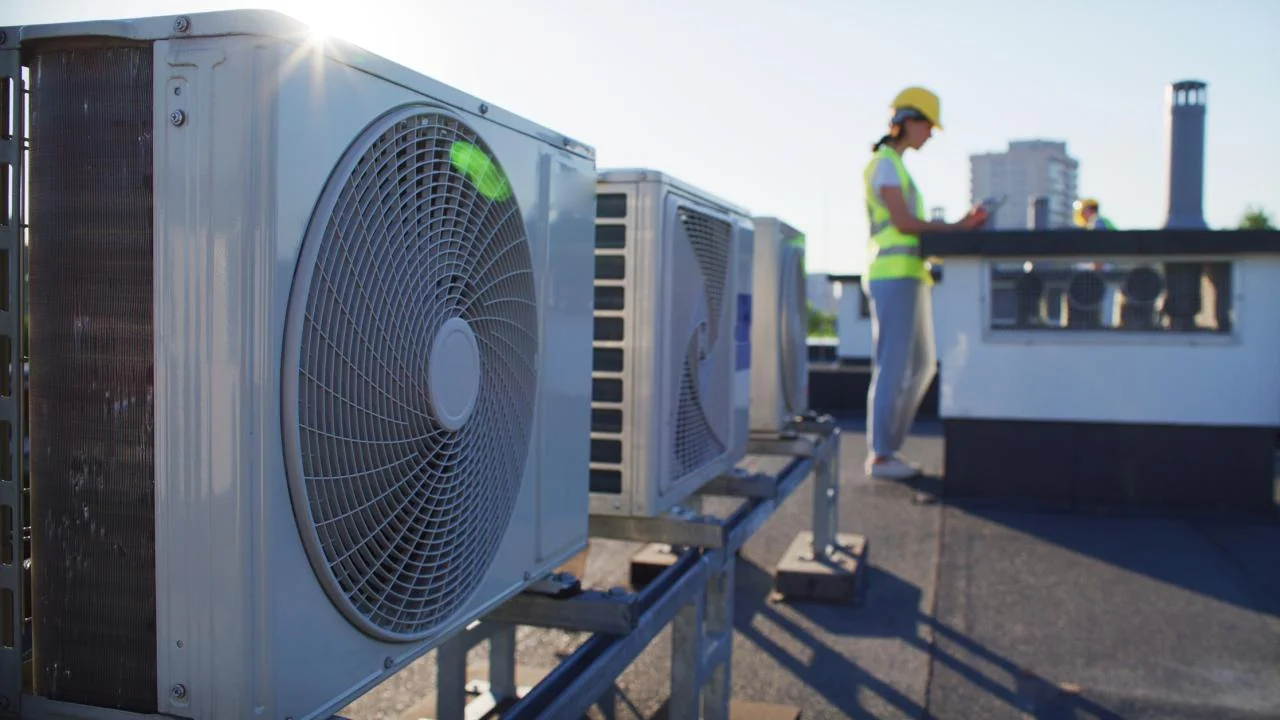
The problem with indoor air pollution is that you can’t see it or sense it. Our hope is that with more education and advocacy we can build awareness of the problem and how to address it.
A new video series developed by experts at the UC Davis College of Engineering and California Department of Public Health aims to help building and facility managers better understand how to manage indoor air quality. Better indoor air quality can reduce the spread of airborne diseases such as COVID-19 and improve productivity in schools and workplaces. (Getty Images)
Improving indoor air quality is the goal of a new video series developed by experts at the UC Davis in collaboration with the California Department of Public Health. Aimed at building and facility managers, the videos distill the science of air quality into steps building and facility managers can take to remove pollutants, including viruses, from the place we spend most of our time indoors.
“The goal is to help people understand the issues around indoor air quality, how it is related to disease, and what managers can do to make it better,” said Professor Chris Cappa, chair of the Department of Civil and Environmental Engineering at UC Davis and co-principal investigator of the project.
The COVID-19 pandemic focused attention on indoor air, but there are multiple health effects of indoor air pollution beyond infectious disease. These range from scratchy throats, asthma and allergic reactions and headaches, to increasing risks for heart disease, stroke and some cancers. Poor air quality harms student learning and attendance and cognitive ability.
